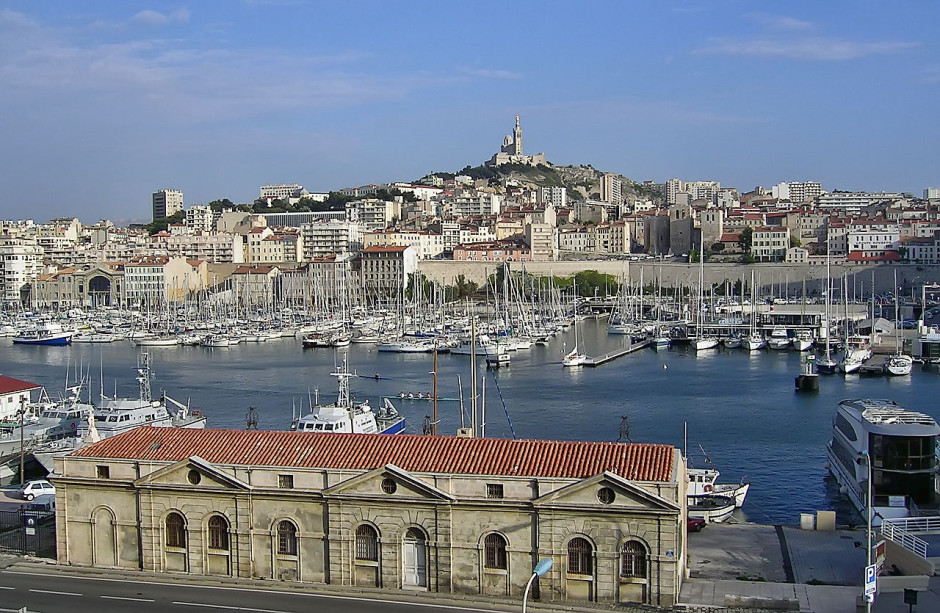I arrived in Marseille, the atmospheric port in southern France, on a sleek high-speed train from Paris, covering a distance of some 600 kilometres in three hours. Paris in late autumn was typically cloudy and cold. But in Marseille, the weather was gloriously temperate, sunny and almost balmy.
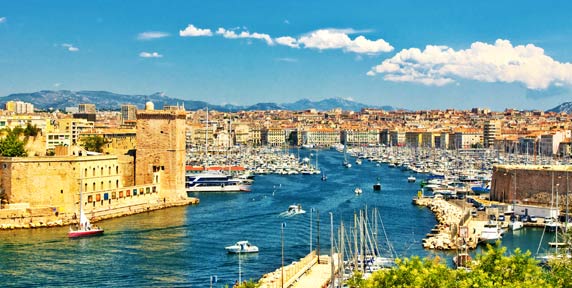
As I strolled around the Old Port, a block from my hotel, Marseille’s distinctive Mediterranean ambiance came into focus. There is nothing quite like a holiday on the Mediterranean which is why most of my holidays end up here! I will definitely be going to Crete next. Of course, I will be getting a rental car from e-mietwagenkreta.de in order to explore the area properly!
The tan colored colonial-style buildings, adorned with wooden shutters, reminded me of Oran, a town in Algeria I had visited with a friend long ago. The steep steps climbing from one street to the next brought back memories of the fabled casbah in Algiers. The colorful outdoor cafes and fish stalls around the Old Port — a magnate for fishing boats and pleasure craft — summoned up images of Jaffa. The coastal road hugging the glittering sea, President John F. Kennedy Corniche, might have been transplanted from Croatia, California or Morocco.
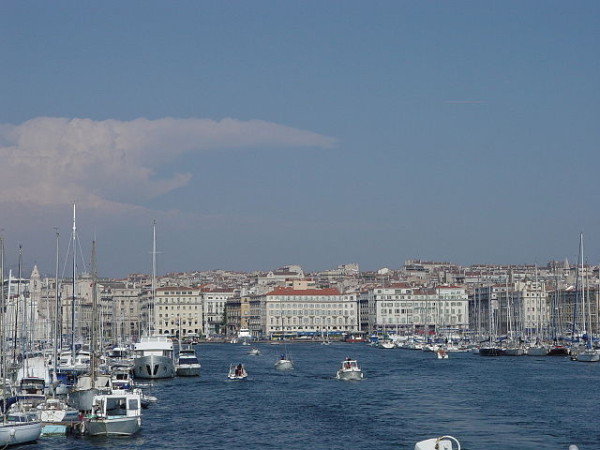
Founded by Greek mariners as a trading post in 600 BCE, Marseille has always had close ties with the Mediterranean basin and the Middle East. With France’s occupation of Algeria in 1830, Marseille attained importance as a gateway to North Africa. With the opening of the Suez Canal in 1869, its status as a strategic mercantile center was enhanced yet again.
Algeria’s attainment of independence in 1962 prompted French settlers there, the pieds noirs, to immigrate to France. Many settled in Marseille because it reminded them of Algeria. Their repatriation is commemorated by a bronze ship’s propeller on a stretch of beach along Georges Pompidou Promenade.
The pieds noirs contributed to Marseille’s ethnic diversity. Already a melting pot, the city had previously attracted Arab, Spanish, Italian, Armenian and Jewish immigrants.
Jews have lived here for centuries. The first Jewish inhabitants, refugees fleeing persecution, reached Marseille more than 1,000 years ago. As elsewhere in Europe, Jews were subjected to antisemitic outbursts and expulsions. By the 19th century, nonetheless, Marseille was home to 2,500 Jews.
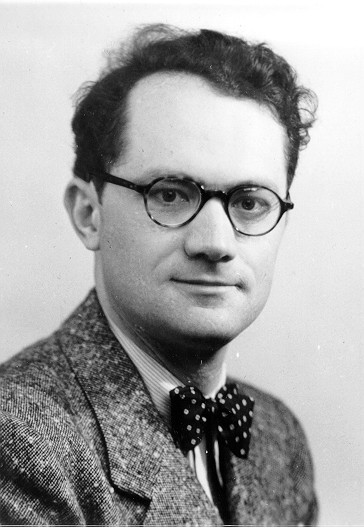
During the Vichy era, from 1940 to 1944, thousands of Jews from German-occupied France fled to Marseille in the hope of escaping the Nazi juggernaut. Varian Fry, a Harvard-educated American who lived here during this period, helped Jews make their way out of France. Among those he helped was the painter Marc Chagall and the political theorist Hannah Arendt. In 1996, Fry became the first American to be honored by Yad Vashem, the Holocaust memorial in Jerusalem, as a righteous gentile.
After World War II, Marseille was a transit center for European Jews bound for Palestine. During the 1950s and 1960s, its Jewish population swelled with an influx of Jews from Morocco, Tunisia and Algeria.
Marseille is rich in lore.
France’s national anthem, La Marseillaise, was popularized by local soldiers who supported the 1789 revolution. The Chateau d’If, a medieval fortress on a tiny island west of the Old Port, was immortalized by Alexandre Dumas in his classic novel, The Count of Monte Cristo. No longer a prison, it’s open to the public.
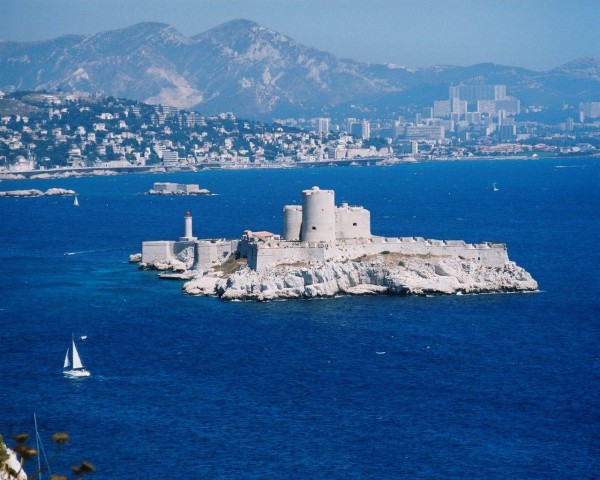
One of Marseille’s finest residential neighborhoods, the hilly district of La Boucas Blanc, is dotted with villas and gardens. The serpentine road that runs through the district leads to Notre Dame de la Garde, an impressive 19th century basilica which offers a panoramic view of the city in the valley below.
Marseille’s poshest commercial thoroughfare, Avenue du Prado, is lined with plane and lime trees. Place Castellane, which is nearby, is graced by an elaborate fountain. The streets radiating from Rue de Rome, a mecca for shoppers, are filled with outdoor cafes. The Palais de Justice, an exquisite neo-classical building with a reflecting pool, is remarkably pretty.
Despite its beauty and serenity, Marseille is still burdened by its legacy as a seedy, drug-infested town, an image doubtlessly reinforced by the 1971 Hollywood movie, The French Connection. But since then, the city has been spruced up, and tourists should have no reason to feel unsafe or insecure in Marseille today.
